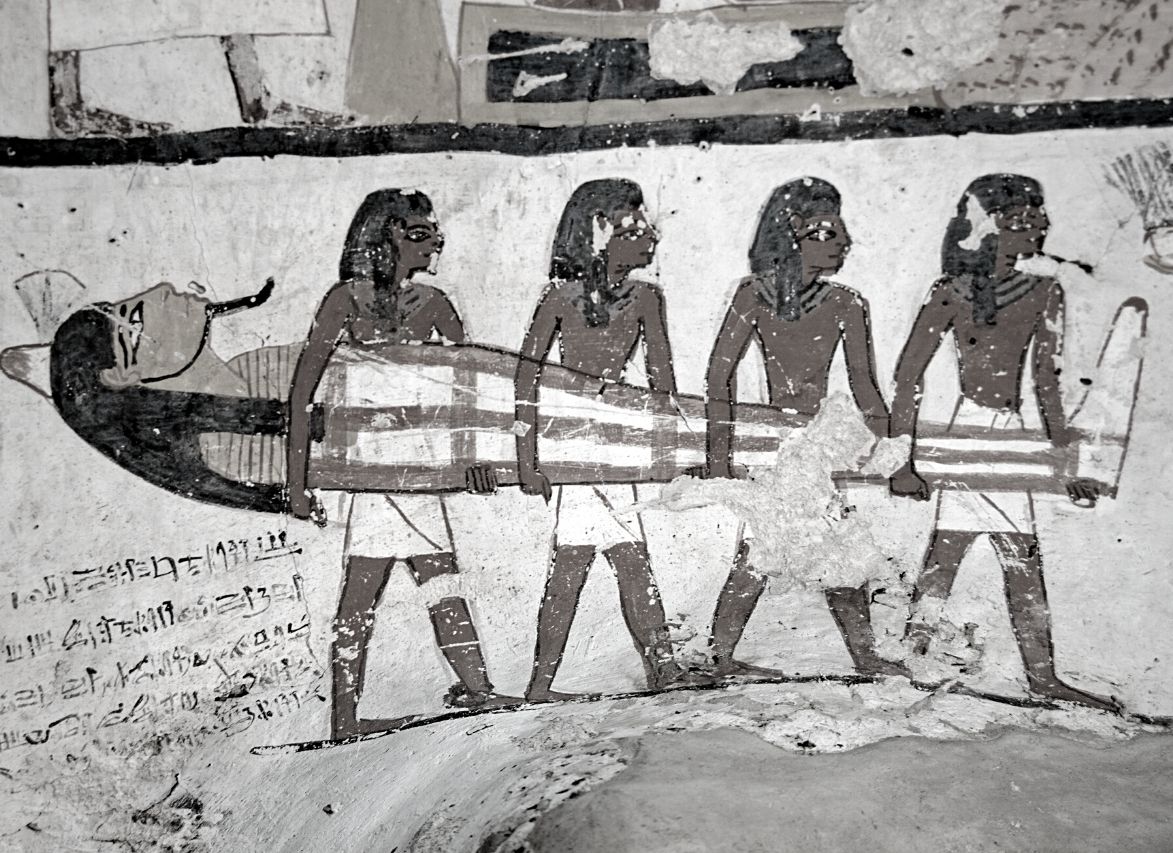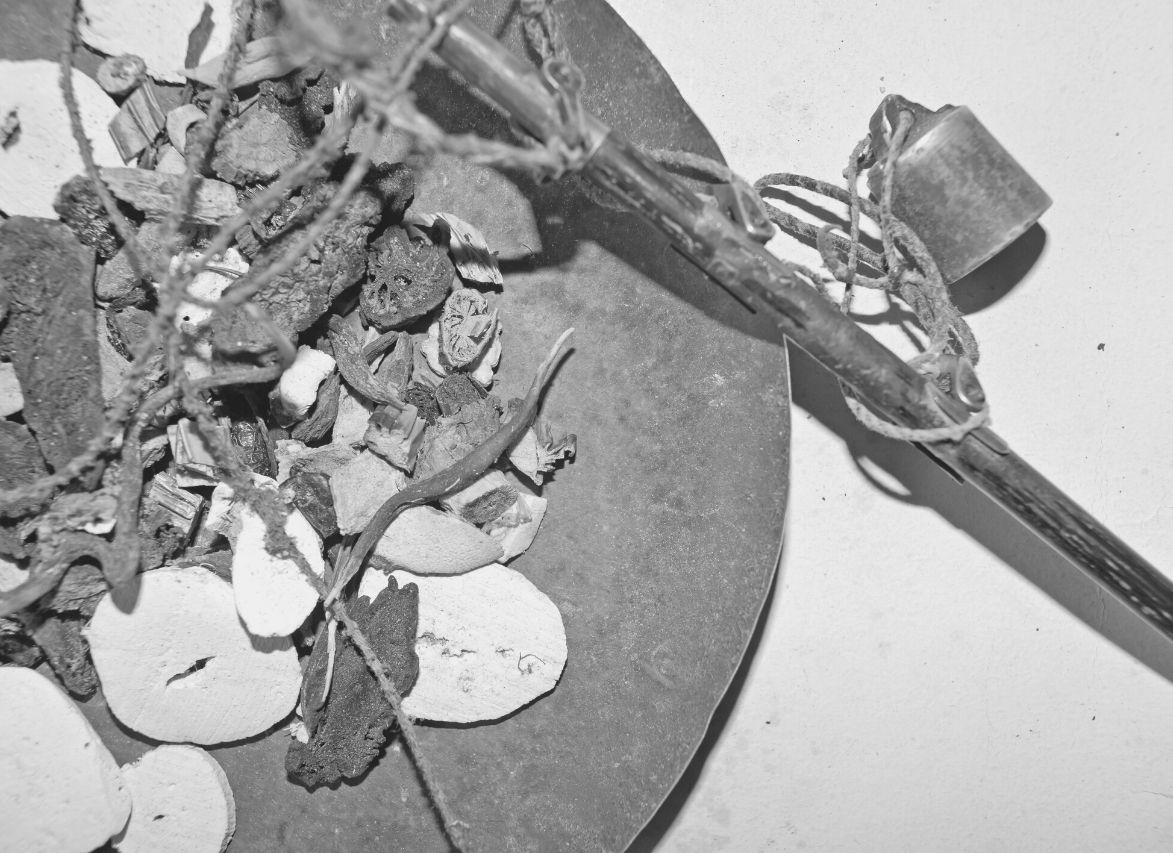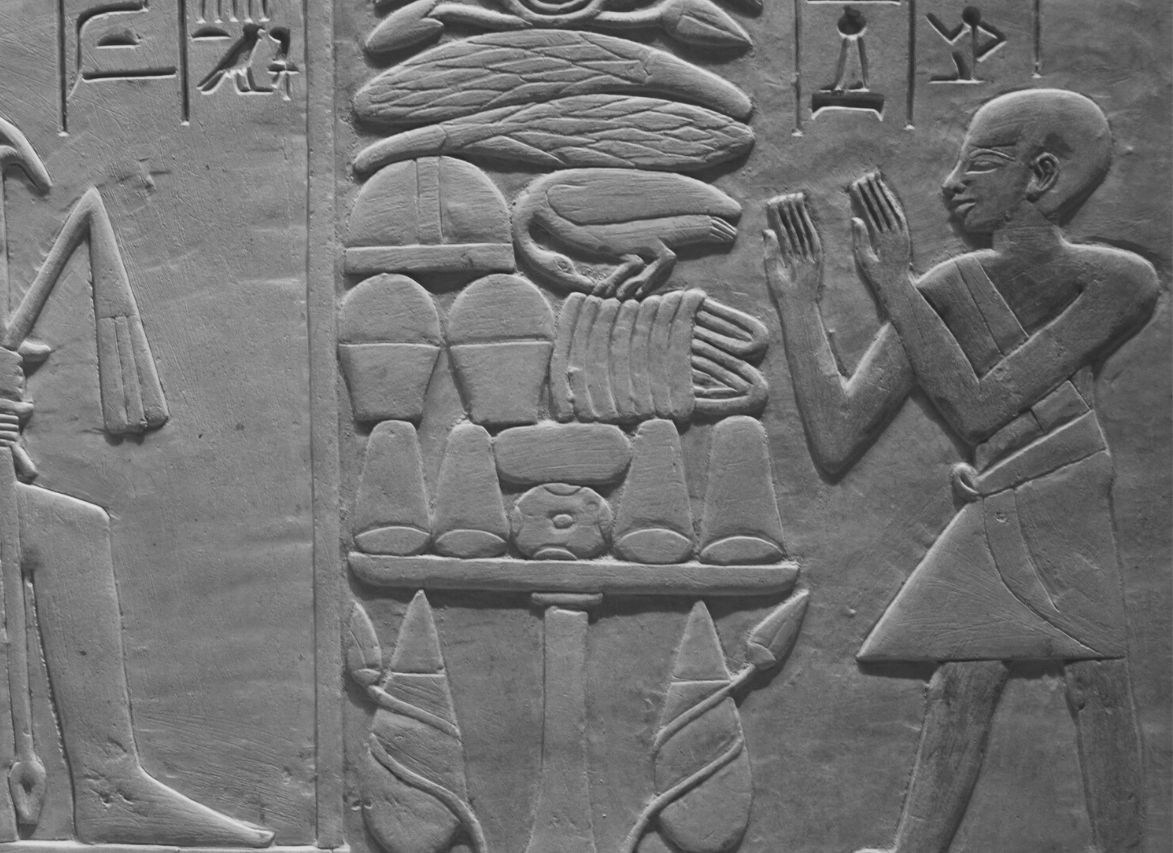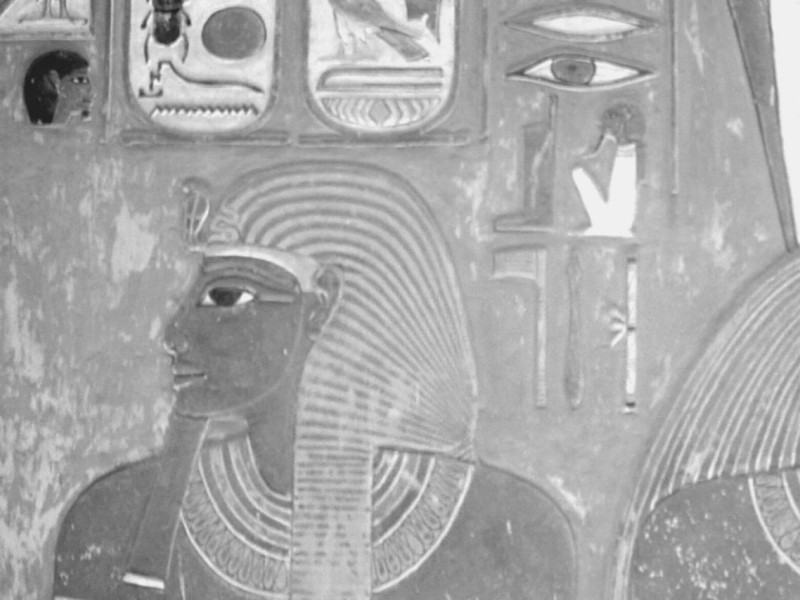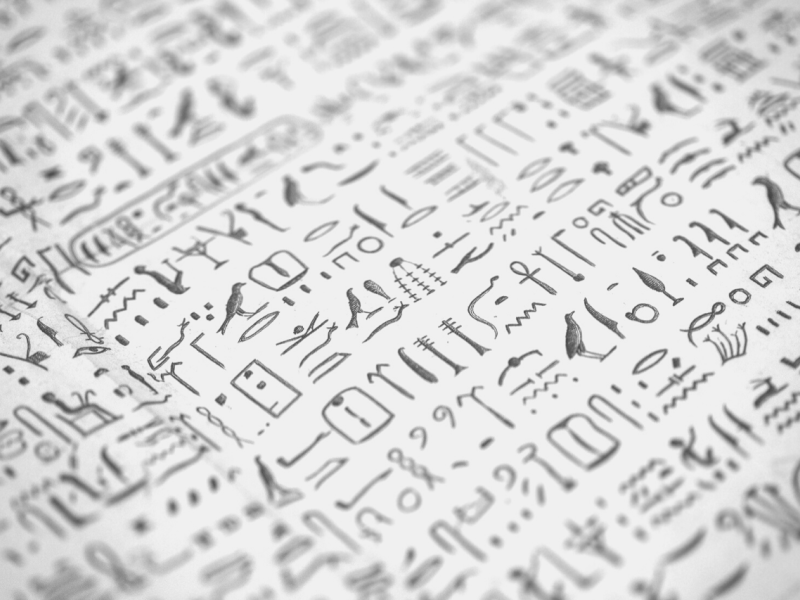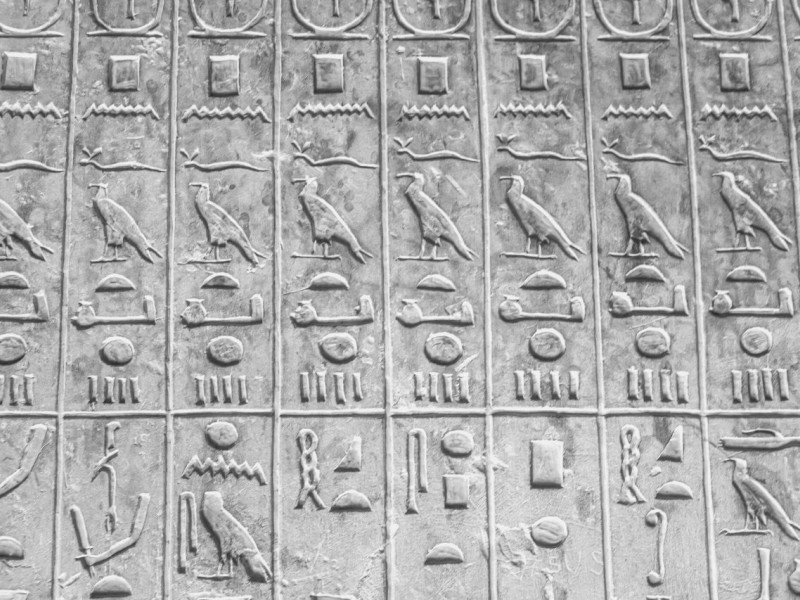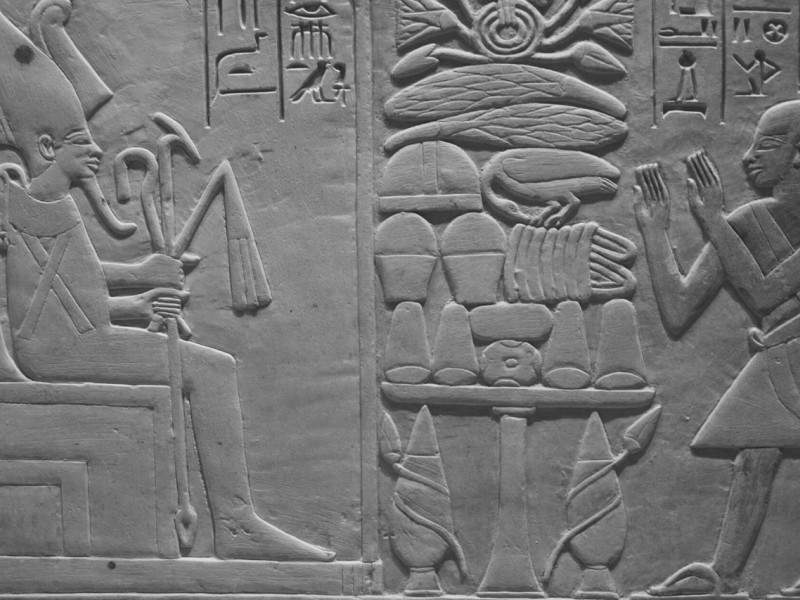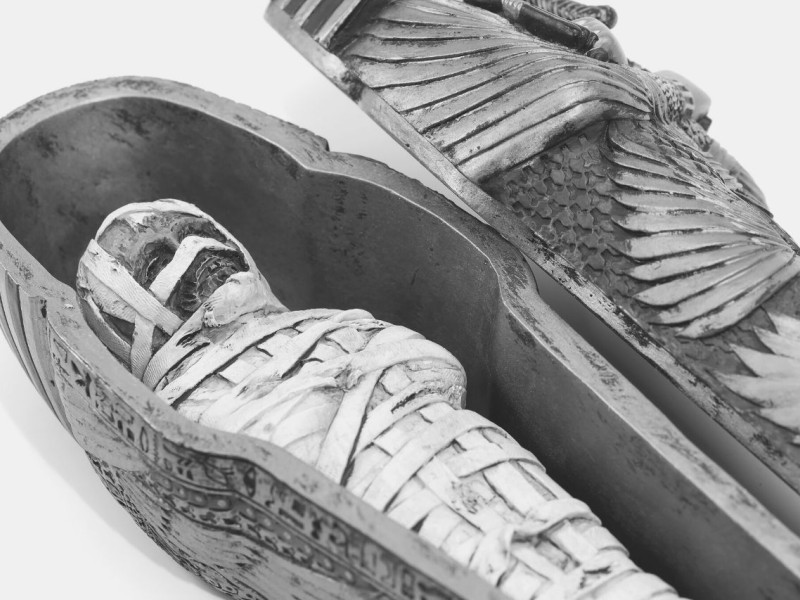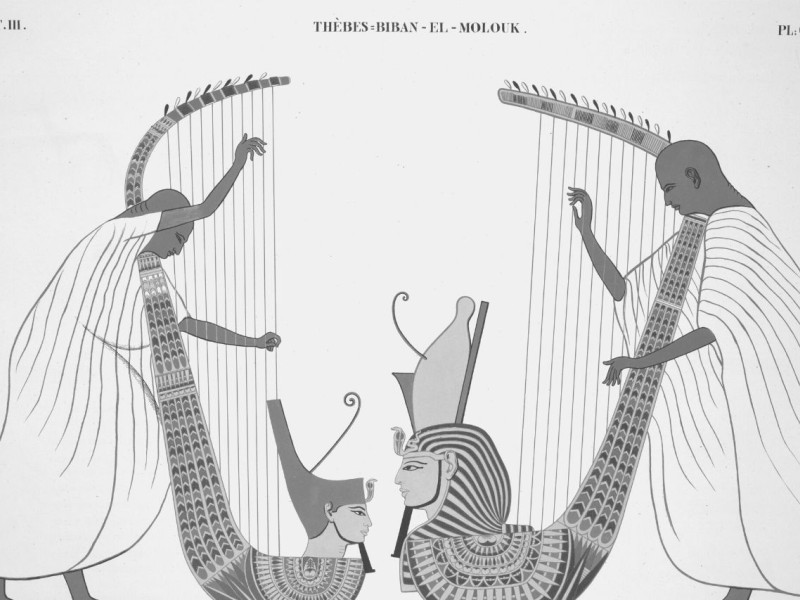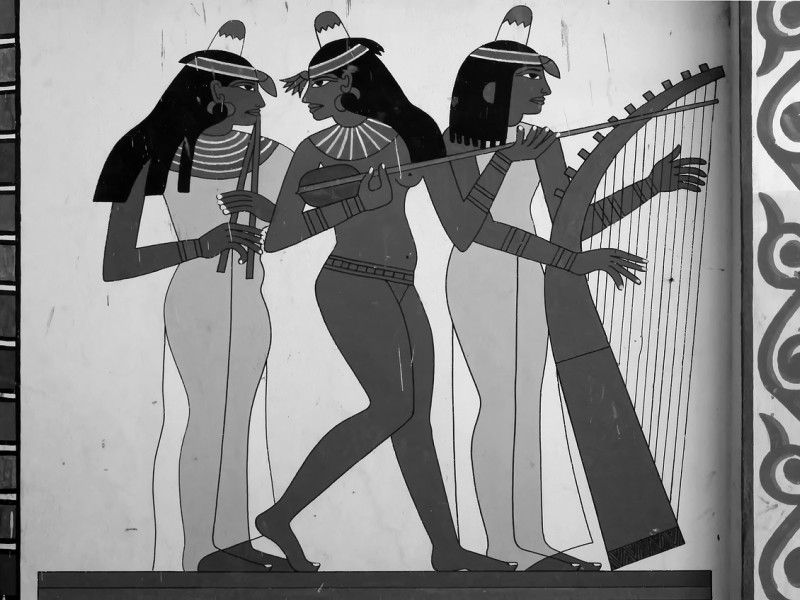Ancient Egyptian Medicine: How People Lived a Healthy Life
Staying healthy is a prime reason why ancient Egyptian medicine flourished. The people were health conscious and innovative in keeping themselves strong. You will witness their early regimens that saved a considerable number of people and taught others profound information about good health.
Ancient Egypt offered an advanced lifestyle that suited their modern tastes. The people were astute, and their practices were sophisticated, at least based on the standards of that era.
You can enjoy an elegant vacation in Egypt with nature around you, but don’t ever trust the surroundings because the animals in the desert and the Nile were still wild and unforgiving.
Take for example the crocodiles, snakes, and even flies found around the Nile, which could attack anytime without mercy. Make no mistake, as a simple insect could cause blindness or even death to anyone who would be mistakenly exposed to them.
There had been innumerable stories of life and death in the Nile. It’s a life-giving river, but annually, you should know that it was claiming lives that were believed to be offerings to their gods and deities.
Moving on, it’s probably due to these cases that the people struggled to learn about medicine. They had people who could read and write, such that preserving information was not a significant problem.
You could tell that ancient Egyptian physicians have endeavored to discover several ointments, creams, potions, dried grains, and the like, which had been proven effective to cure unexplainable diseases.
Despite the wonders of medicine at that time, the country was still devastated by innumerable diseases that even their fiercest magicians or the most famous witches could not explain.
Consider these cases for example. Soldiers and craftsmen were reported to be suffering from seizures that they could not fathom. Pregnant women were also given extra care for their critical condition during childbirth, which ended up in the loss of either the mother or the baby’s life.
Senior citizens were being watched for their dementia, which others would deem as witchcraft. This kind of scenario probably drove the earliest intellectuals to dig deeper about the practice of medical science, albeit their limited knowledge on this field. Nevertheless, their efforts were not in vain because they were able to find the answers to their medical concerns gradually.
What Was Ancient Egyptian Medicine Like?
Given the entire framework about the possible causes of diseases in Egypt as well as the practices done by the people, don’t be surprised when others say medicine in ancient Egypt was mainly religious, if not superstitious, or a form of art.
It was a great opportunity for the Egyptians to discover medical practices that had been proven effective to treat sick people because they had spearheaded the foundation of modern medicine that we enjoy in our modern times.
Others who were also enthusiasts of Egyptian history and culture have commented that the early medical practices in Egypt were based on prayers and incantations. True to their observations, Egyptians had the habit of reciting prayers for a sick person as they were trying to comprehend if the disease contacted was brought about by nature or by someone who hated or even liked the person.
You can call it witchcraft, and Egyptians were good at that. They played along with this superstition while devising herbs or potions to try and ease the pain of the sick person.
They assumed that the sick had had a confrontation with a spirit or a deity that’s why a physical injury was inflicted.
Whether the disease was brought by a supernatural or by a natural cause, early Egyptian doctors would start the treatment with a prayer because doctors in ancient times were also priests by position. As religious people, they acknowledged the presence of gods, evil spirits, demons, and deities that could have caused the sick to suffer.
Eventually, the elders of the village or those who were recognized experts in ancient Egyptian drugs would take care of the sick using their age-old practices of curing local diseases.
These practices were natural and have become sophisticated examples of Egyptian medical practices. It started with the intention to help as well as the enthusiasm to learn about health. That’s, why ancient Egyptian remedies were discovered. Egyptians were also endowed with perseverance and creativity, which probably helped them seal their position in the world of medicine.
In addition, they worked with confidence, which paved the way toward healing and the restoration of health.
Interestingly, the success of ancient Egyptian health care was of paramount significance in history because the earliest physicians had eventually learned and recorded findings, descriptions, regimens, and diagnostic processes, which truly helped improve the people’s knowledge of medical science.
In fact, present-day doctors consider the early Egyptian medical practices as forerunners of our modern medical trends. To prove this, you may have the chance to meet modern doctors who acknowledge the discoveries and practices of ancient Egyptians. Their legacy has proven the authenticity of Egyptian know-how in the medical field.
Living the Art of Medicine in Ancient Egypt
Art, as a form of beauty, is everywhere. It was also present in medical practice in the past. A doctor in ancient Egypt would perform his tasks with all the ceremonies before a regimen was applied.
This is because treating patients was conceived as science, art, and faith. Hence, you would notice that these three complemented one another in finding the appropriate remedies for the sick. These principles were inseparable, so the doctor was a medical practitioner and a religious leader as well.
To give real treatment, the doctor must consult his gods and deities to ask for wisdom or clues concerning a person’s health problem. The doctor would then review the patient’s whereabouts before the occurrence of the disease.
You could tell that he was unraveling whether the disease was brought by an angry god or a jealous witch. In the past, diagnosing the sick scientifically was only a second choice because ancient doctors had to weigh the possibility of supernatural intervention or a magical incantation that bothered the sick person.
To tell the truth, these practices were just protocols in curing the sick because ancient Egyptian doctors knew by heart whether the sickness naturally appeared or if there were supernatural infusions.
Prevention
While healing of the sick was the doctor’s goal, prevention was more vital to avoid a breakout of symptoms elsewhere. Even in modern times, physicians promote the prevention of diseases as a more effective way of treatment.
Prevention had to start with cleanliness, which needed a bowl with Egyptian artwork. It was the basic thing doctors implemented to cure the sick. The bowl used for healing was a creative material with hieroglyphic writing meaning “clean.”
The wearing of a scarab was known to be a preventive way to avoid sickness or even death. This ornament is made of a small rectangular pendant with lots of amulets and golden symbols inside to ward off evil, deliver the wearer from death, and pronounce blessings wherever he went.
Part of prevention from sickness was the possession of amulets and adornments, which people believed was effective in keeping them safe. Aside from possessing these ornaments, they also practiced chants and prayers to prevent evil spirits from attacking them.
Perils of Childbirth
Considering that they still lacked crucial knowledge of medical science, ancient Egyptian medicinal herbs were used even during childbirth to protect the mother and the newborn.
Giving birth was risky because they only used crude materials to secure the life of the mother and the baby. It was believed that during childbirth, one of the mother’s feet was already in her graveyard. To save her life, ancient doctors would utilize a wide array of medicinal plants and tools available at that time.
Don’t be surprised but early Egyptians were specialists in childbirth and child-rearing. You would be elated to see how they saved lives despite their relatively primitive methods.
A baby’s feeding cup with hieroglyphic writings and figures was used to protect the baby from evil spirits. Mother’s milk was regarded as important for the baby’s health, just like in our modern practice, but they used a special jar to keep the baby’s milk safe and clean at that time.
Nursing played an important role in the past. Nurses were honored for giving life to the sick or the newborn. You may probably notice that most of the materials used at childbirth were made with images of gods who had control over their lives. Giving birth was a matter of life and death, which paved the way for the early Egyptians to learn further about medical science.
Treatment of Injuries
A baby’s safe delivery did not mean the end of their task. Doctors, nurses, and mothers alike had to ensure that the baby was protected from injuries or spiritually manipulated sickness.
Do you remember that the ancient people were resentful? Hence, a healthy baby could be threatened by injuries brought by the world. It was important for the Egyptians to be aware of a possible supernatural intervention that could impede the health and growth of the baby.
Ancient Egyptian drugs, on the other hand, were used by physicians to cure the sick. They were concocted through trial and error. Treatments of injuries were done methodically by recognized physicians.
You would see that even a long time ago, only legitimate doctors were given the right to diagnose a sick person. Although most of their regimens were primitive, ancient Egyptians never ran out of the way to cure the sick, deliver a child, and treat the injured as well as the dead.
Homemade Remedies
Homemade remedies, such as the use of honey, pomegranate juice, and olives, were naturally favored to soothe the condition of a sick person. Physicians were gifted with tons of patience to observe the symptoms of the disease and apply the appropriate medicine to them.
For instance, the sweetness of honey could provide a medicinal value, while the juice of pomegranate was known as an astringent and a cure for several diseases.
Furthermore, water lilies were used as an analgesic and regarded as the epitome of the sun and youth. You now understand that ancient doctors tried to remain scientific in their treatment.
They sought the most logical and scientific way to cure sicknesses. In fact, they didn’t resort to invasive treatments, such as surgery, at first because they regarded such treatments only for the dead. For instance, embalming was a rigorous process of preserving the dead body of a person.
There were also cases when physicians employed opium as a sedative or pain reliever in curing their patients. It was used to treat moderate to severe pain, coughing, and diarrhea.
As a pain reliever, it’s effective to make the patient relaxed. However, misuse of opium can lead to addiction, and overdose can lead to sudden death.
Magic in Medical Treatment
Diseases were also treated with magic in ancient time. It was epitomized by Sekhmet, the goddess of evil and good forces. The people believed that she was powerful enough to cause pestilence to your field, such as wild animals that could cause devastation.
Also, she could protect your farm from harm and desolation. Sekhmet was not only infecting the land because she was as powerful to ruin a person’s health.
In this regard, physicians who were trained in magic were asked to take care of the sick. Obviously, you can expect tons of prayers to Sekhmet, or other gods would be needed to cure this case. It usually involved worship and adorations of the ancient gods.
Ancient Physicians of Egypt
Ancient physicians were trained men who were endowed with great wisdom, intelligence, and dedication. They were regarded in Egypt as advocates of life. To be a physician, one had to undergo a long process of studying and treating the sick.
They were represented by Yuny, a priest of Sekhmet. Imhotep was considered the father of medicine because of his great experience in the field. A scribe who penned the Smith Papyrus might have practiced medicine, albeit his task was limited to documenting the work of the physicians.
Given all this information about ancient Egyptian medicine and doctors, you could safely conclude that healing in ancient times was done with the combination of science and magic. In other words, the science and art of medicine were the most efficient ways to a man’s health.
Medical Practice and the Papyrus
The ancient Egyptians were able to organize their lives from the government, economy, education, and health. Physicians were given recognition for their effort to help sick people, which gave them a high reputation in the field.
Their expertise in medical development was considerably better than that of any other kingdom, such that it was not unusual to hear of a great king or queen traveling to Egypt to seek medical help.
To keep a record of their undertakings, several accounts of their work have been recorded in papyrus, which contained regimens, drugs, incantations, and pieces of evidence of their medical procedures.
These papyrus records were written by scribes who had studied hieroglyphic symbols for years to keep the account of activities in the Egyptian empire. Physicians were regarded as knowledgeable in anatomy, physiology, and all medical sciences. They have a full recount of the parts of the body, their diseases, and proper care.
The Heart
The heart is the center of the blood supply in our body as well as the center of knowledge. It plays a vital role in the circulation of the blood in our entire body. This blood carries the oxygen that the brain needs to function efficiently.
Mental Illness
The papyrus unveils documents describing the causes, characteristics, as well as treatment of mental disorders. Ancient Egyptians seemed to have symptoms of mental troubles, as shown by their belief in evil spirits and god’s wrath.
Medical Advice
Lots of medical advice, such as proper washing and shaving of their bodies to protect them from infections, has been written in papyrus. Even tons of diet advice was recorded to help the ancient Egyptians keep their bodies fit. They advised people to eat balanced food and refrain from eating uncooked animals and fish.
However, don’t be surprised when you read unusual medical practices written in the papyrus. While most of the information written there was the same as our modern practice, there were several pieces of advice that would seem odd for modern men, such as using dung to deliver someone from evil spirits. Probably, magic and religion initiated the healing of several diseases that’s why ancient people had a strong faith in gods and deities.
Dentistry
The ancient Egyptians observed proper dental care to avoid tooth decay, which was a common problem at that time. They used incense and onion for the treatment of swelling gums and opium for toothache and drilled holes into the jaw for abscess drainage.
Amazingly, tooth extraction was not recorded in papyrus, implying that Egyptians lived with healthy teeth.
Physicians and priests had similar responsibilities in ancient time. The people’s belief in evil spirits, good and bad luck, magic tricks, incantations, aromas, and statues exerted an immense effect on their physical and mental health.
Medical Tools
To better treat some diseases, doctors had to use various medical tools. You could be shocked by the primitive way Egyptians implemented in the past, such as the use of knife treatments, saws, spoons, forceps, and the like. They looked astounding, but in modern medicine, doctors still employ some of them or perhaps even more surprising tools.
Herbal Medicine
It is believed that diseases start from the mind and that their treatments also come from the mind. Natural remedies should begin with a clean mind and heart. In support, herbal medicine played a critical role in ancient medicine.
Doctors have tried several experiments concerning each disease, and they approved the use of herbal treatments. Some diseases, including cancer, were regarded as incurable. Nevertheless, reports of a breakthrough in cancer treatment by using natural remedies have been recorded.
You can perhaps relate to the following regimens in the past that are still acknowledged to date: honey and milk, sesame, and frankincense for asthma; poppy seeds and aloe for headaches; aloe for burns and skin diseases; and thyme for pain relief.
Legacy of Ancient Egyptian Medicine
Egyptian medicine is quite interesting and sometimes hilarious. Would you believe in using only alcohol as anesthesia during surgery? It was also believed that a parasite living in the Nile could cause someone’s death.
Cleanliness is one of the best legacies of ancient Egyptians. They were afraid of contracting diseases, such that they purified their bodies as often as they could.
For their legacy, they have produced immense contributions in the fields of dentistry, gynecology, autopsy, embalming, and pharmacology. In fact, some of their primitive practices have been the antecedent of today’s modern medicine.
Through their practices, preventive medicine has been given more significant meaning. While it is true that there is modern medicine, it is more important to combat diseases by prevention.
Conclusion
Ancient Egypt is renowned for its development in government, economy, science, and medicine. Its contributions to medical science are considerably greater than our recent evidence. Suffice to say, the practices that we have now in modern science were taken from the pioneering study of ancient Egyptian doctors.
Much has been said about the excellence of Egyptian doctors, such that royal guests from various countries at that time sought medical treatment in Egypt. You can expect them to be in awe at the immense skill and knowledge of doctors in the past.
To date, modern medical practitioners acknowledge the contributions of ancient Egyptian doctors considering they spearheaded discoveries in the medical field.
Doctors and priests in the past played a vital role in keeping the people’s health. To treat diseases, doctors applied practical medicine as well as faith in gods and deities to ward off the works of evil spirits. Egyptians have done wonders, which paved the way to their good health and profound life.
